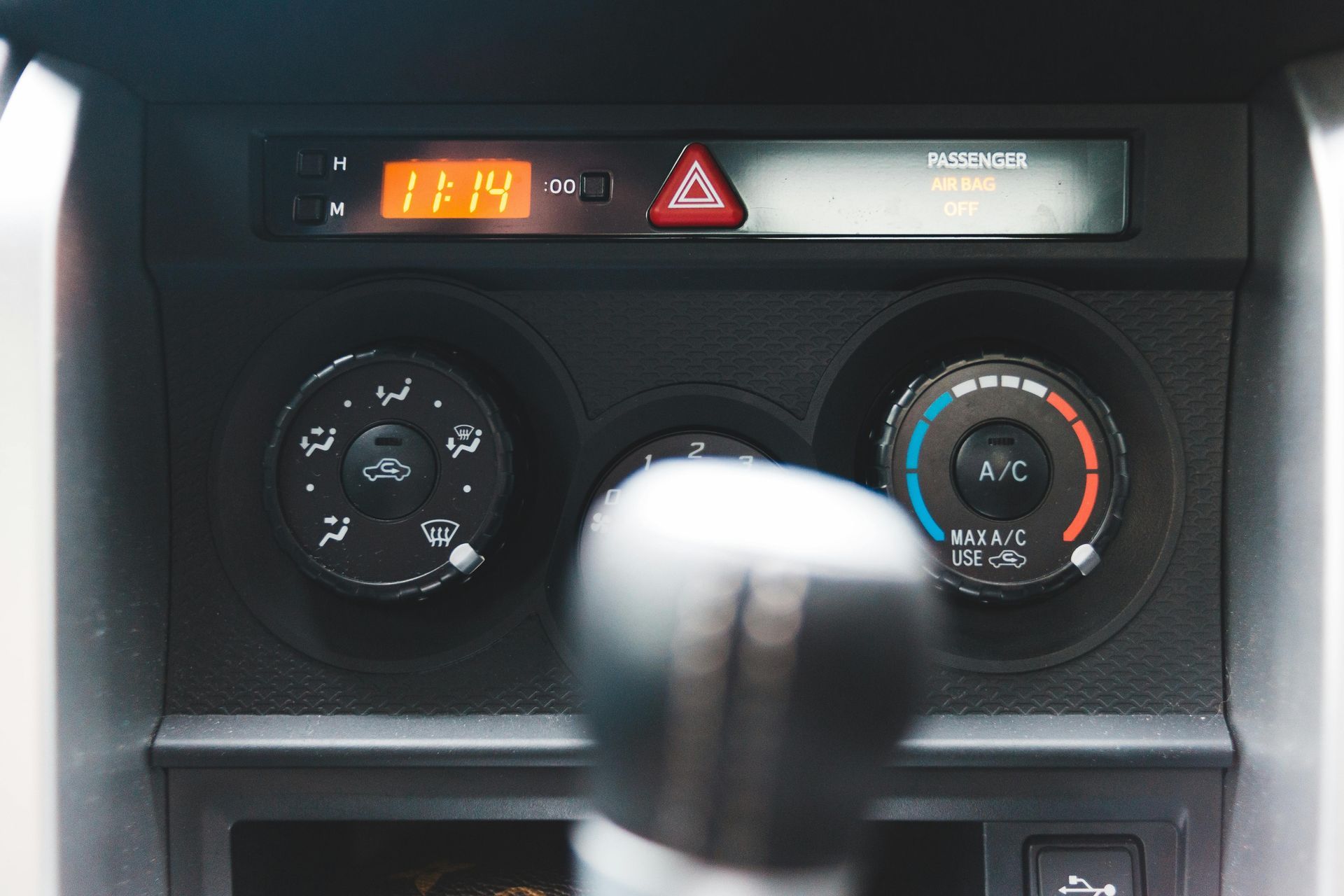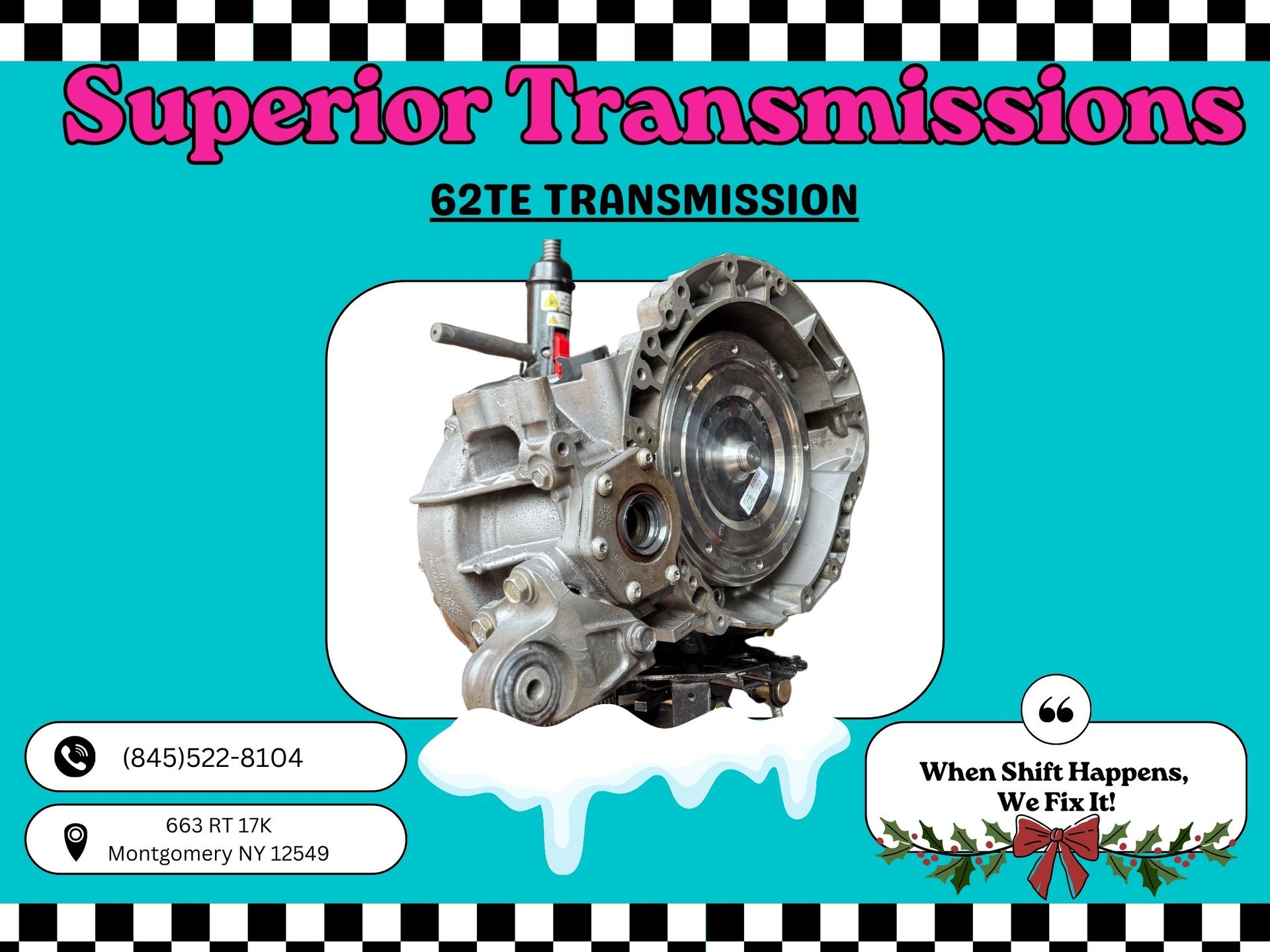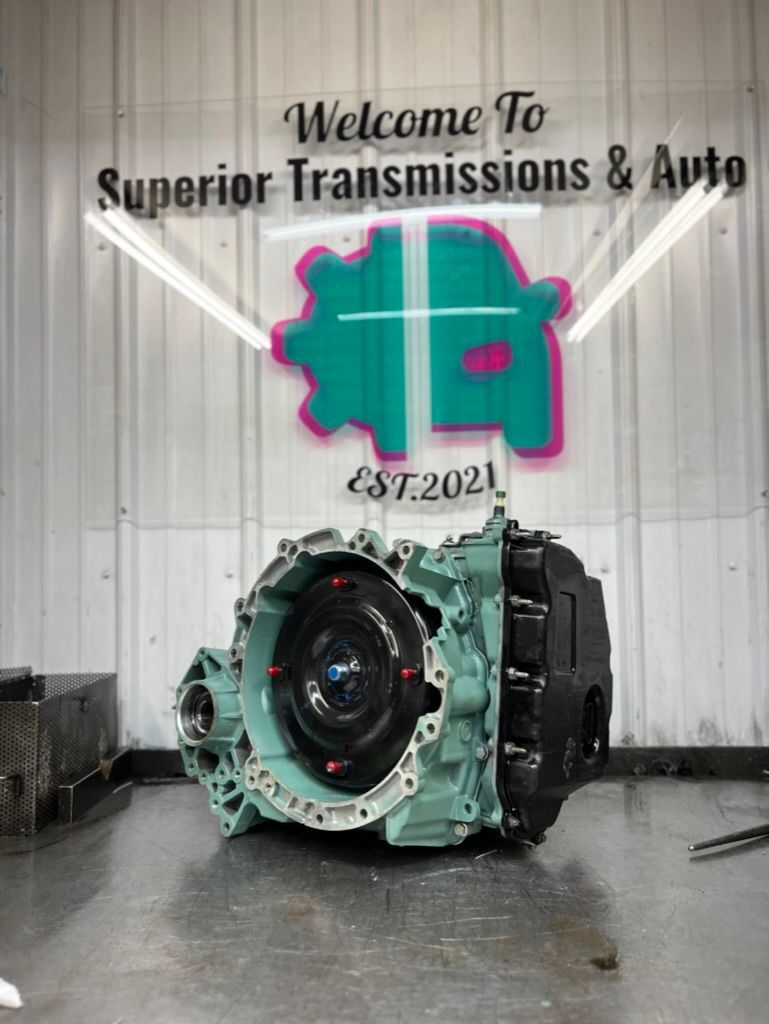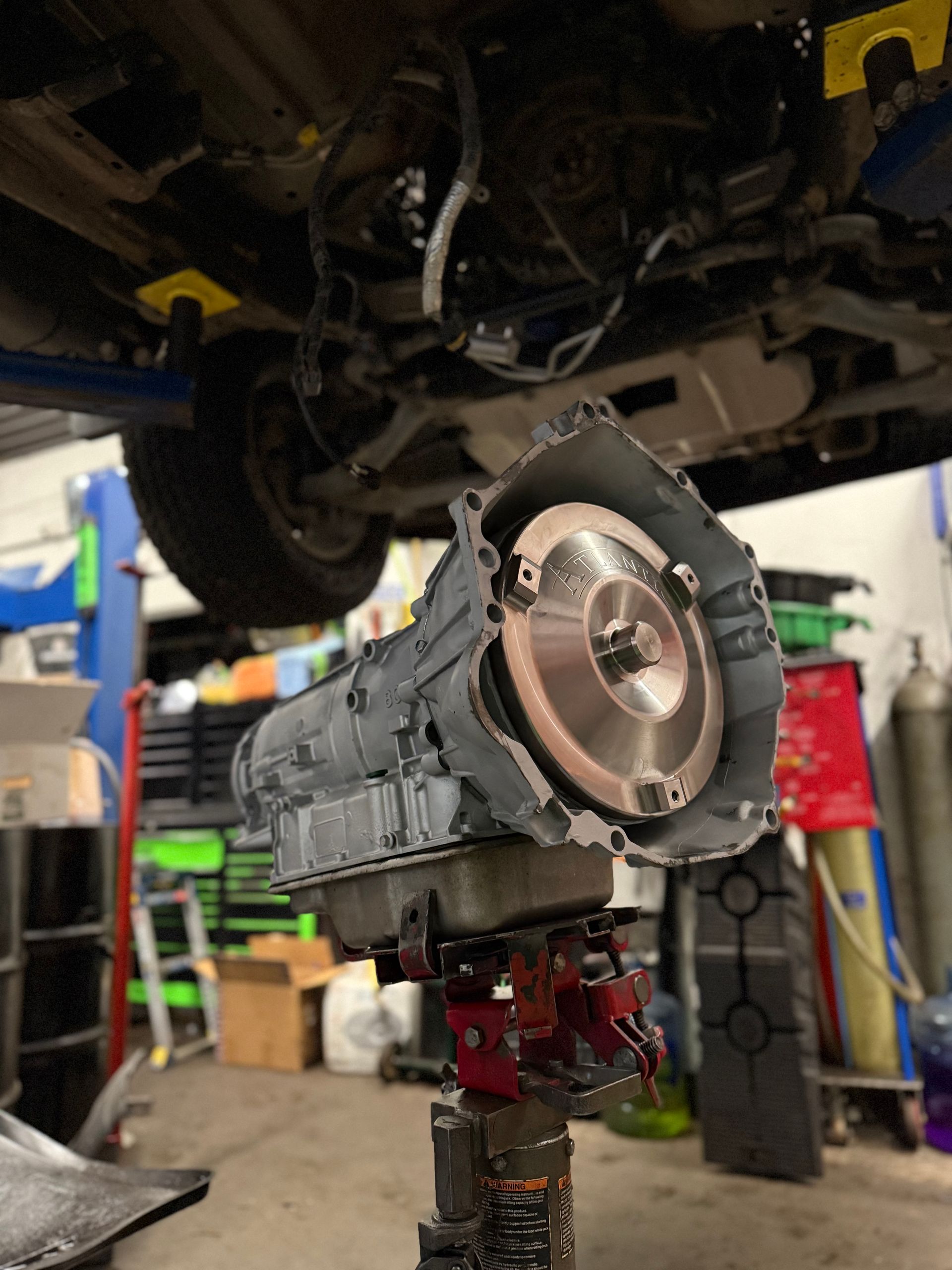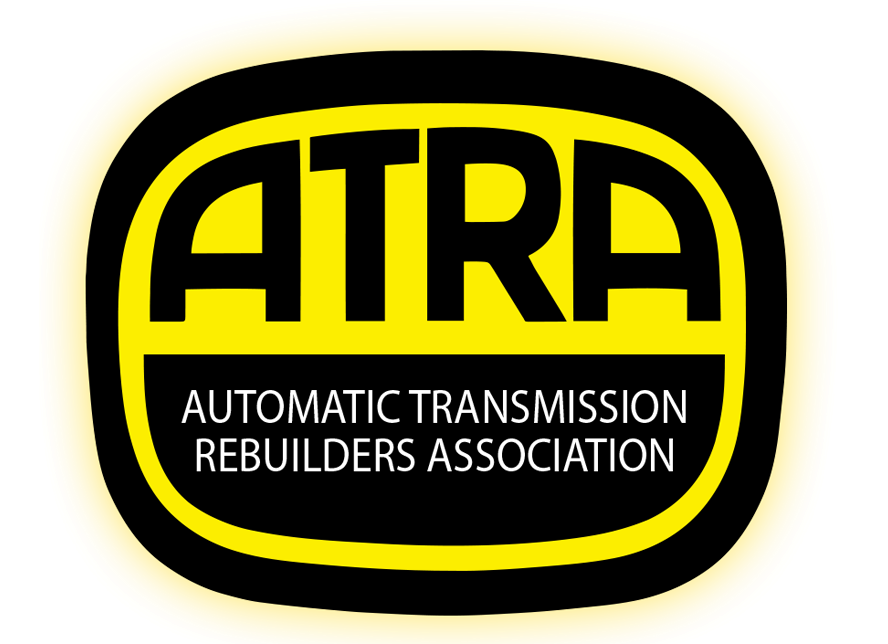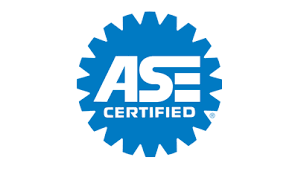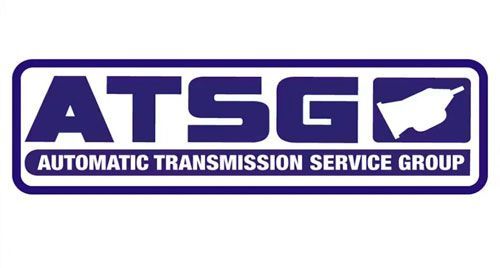Just Add Freon
July 15, 2025
July 15, 2025
Why “Just Adding Freon” Won’t Fix Your A/C – The Real Work Behind A/C Leak Diagnosis
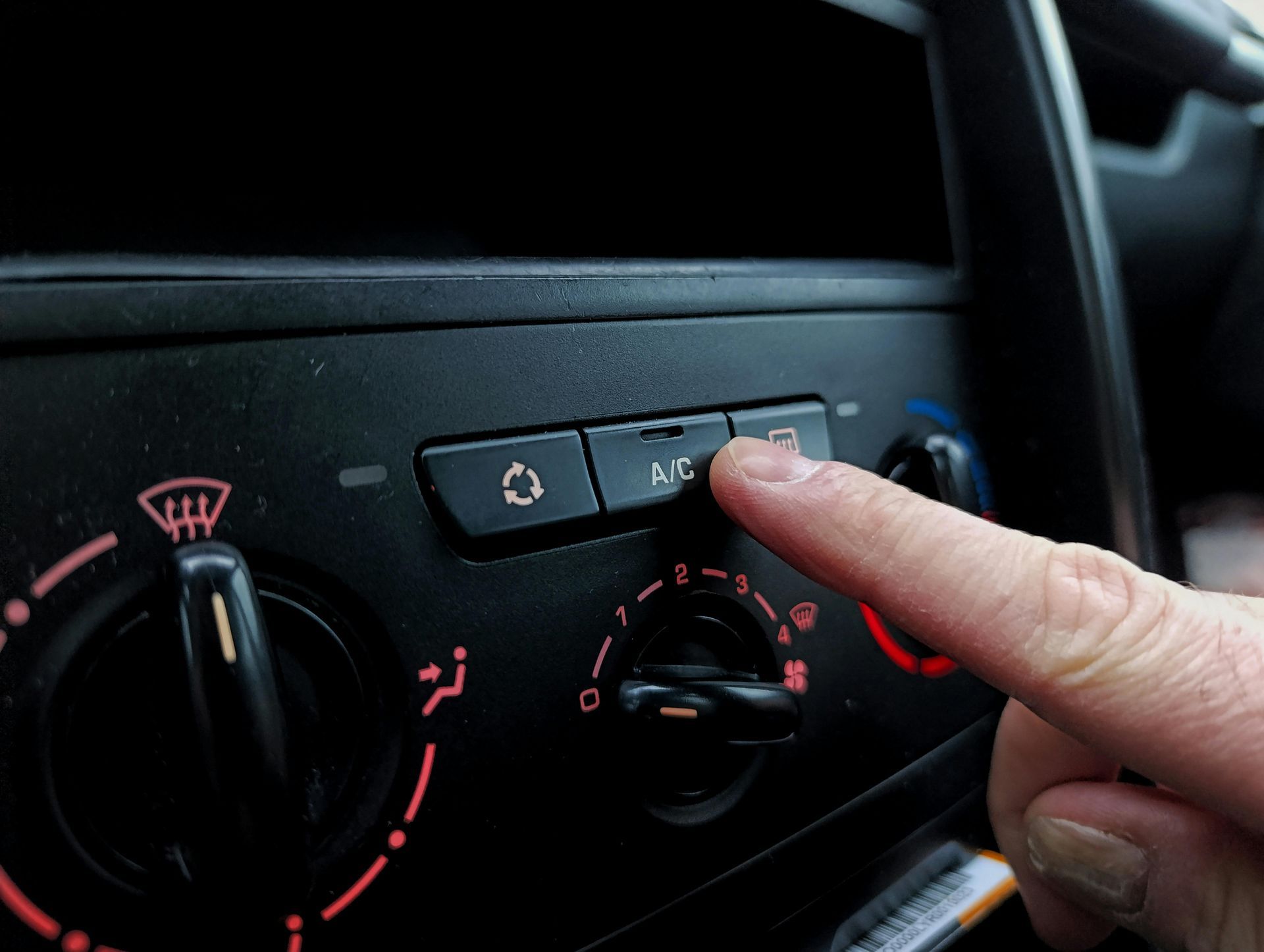
When your car’s air conditioning starts blowing warm air, the first instinct for many drivers is to stop by the auto parts store, grab a can of freon, and hope for the best. But here’s the truth: fixing automotive A/C isn’t as simple as topping off a fluid. In fact, A/C systems are complex, sealed systems made up of dozens of components—each one capable of causing a leak or failure.
At Superior Transmissions & Auto, we’ve seen it all—from large, obvious failures to tiny pinhole leaks that require methodical testing to track down. Diagnosing an A/C issue isn’t a guessing game—it’s a process that demands experience, precision, and the right tools.
The Maze of Components: More Than Just Freon
A modern automotive A/C system has numerous potential failure points, including:
- High- and low-pressure lines
- A/C compressor and clutch
- Condenser and evaporator
- Expansion valve or orifice tube
- Receiver/drier or accumulator
- Dozens of seals, O-rings, and fittings
Even the smallest O-ring—something you can barely see—can allow refrigerant to leak out slowly over time. And when refrigerant escapes, so does the vital lubrication that keeps your A/C compressor from destroying itself.
Some leaks are visible to the naked eye. Others are microscopic, only revealed under UV dye or with highly sensitive electronic leak detectors. That can of freon from the parts store? It may temporarily cool things down—if you're lucky—but if there's a leak in the system, that refrigerant will be gone in a few days, or even a few hours. Worse, overfilling the system can actually damage components.
The Diagnostic Process: What Really Happens
When a customer brings in a vehicle with A/C issues, we don’t just “add freon and see what happens.” We approach the problem with a systematic diagnostic process:
- Initial Inspection – We check pressures, listen for odd sounds, and examine the condition of the A/C clutch, compressor, and visible lines
- Leak Detection – We often inject UV dye into the system or use a professional-grade leak detector to pinpoint the source of refrigerant loss.
- Pressure Testing – Using nitrogen or compressed air, we simulate normal operating pressures to reveal even the smallest pinhole leaks.
- Component Testing – If we suspect a blockage or internal failure, we test individual parts like the orifice tube, expansion valve, or condenser for performance issues.
- Full System Evaluation – Once repairs are made, we vacuum test the system for leaks, then recharge it with the correct amount of refrigerant—not a guess or an estimate, but the exact specification for your vehicle.
Experience Matters in A/C Repair
There’s a reason why diagnosing and repairing A/C systems isn’t something most general repair shops—or definitely DIY YouTube videos—can handle with confidence. The blend of mechanical components, electrical controls, pressure-sensitive systems, and EPA regulations on refrigerant handling makes A/C work a specialty field.
At Superior Transmissions & Auto, our team is highly trained and experienced in A/C diagnostics and repair. We’ve invested in the right equipment and have the know-how to interpret the data we gather. That’s how we can confidently find the actual issue and get your A/C blowing ice cold again—without throwing parts at the problem or wasting your time and money.
Trust the Experts, Not the Can
If your A/C is struggling, skipping diagnostics and reaching for a can of freon may just mask the issue—or worse, damage your system. The smartest, most cost-effective fix always starts with a proper diagnosis.
Let us do what we do best—track down the issue, repair it right the first time, and send you off with crisp, cool air and peace of mind.
Schedule your A/C diagnostic appointment today—right on our website—and let’s get you back to driving in comfort.
